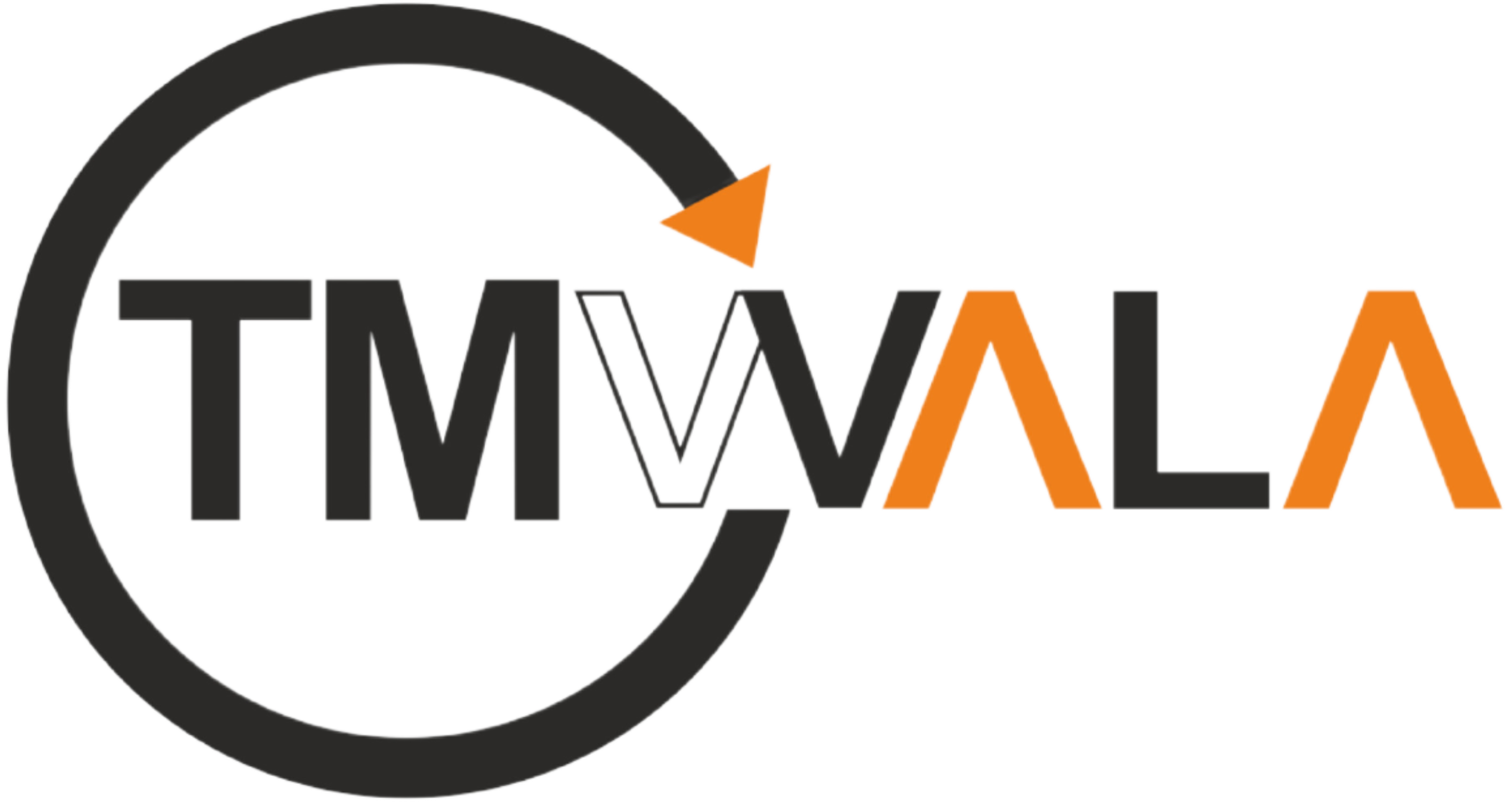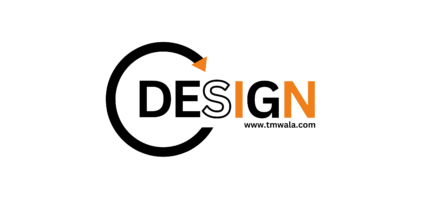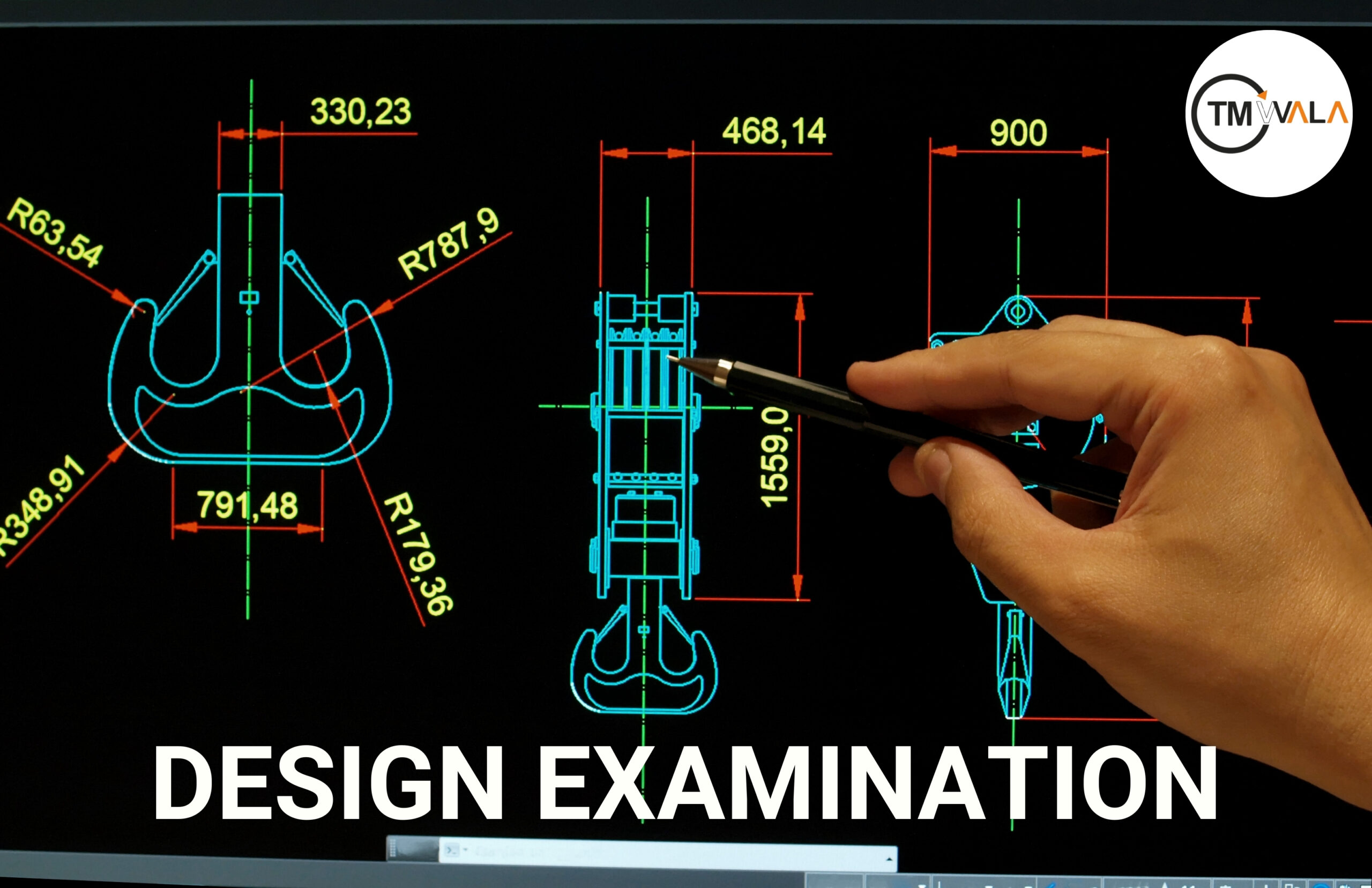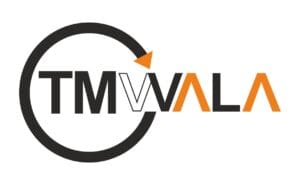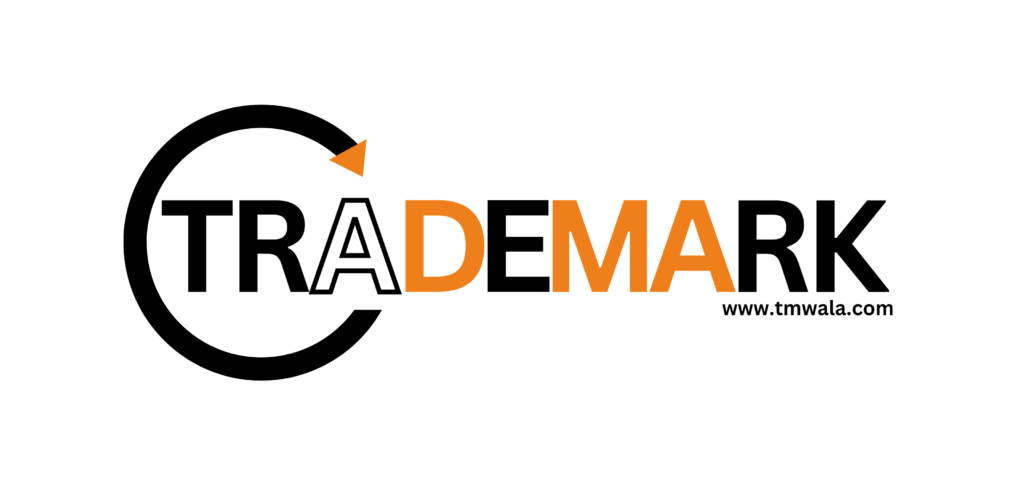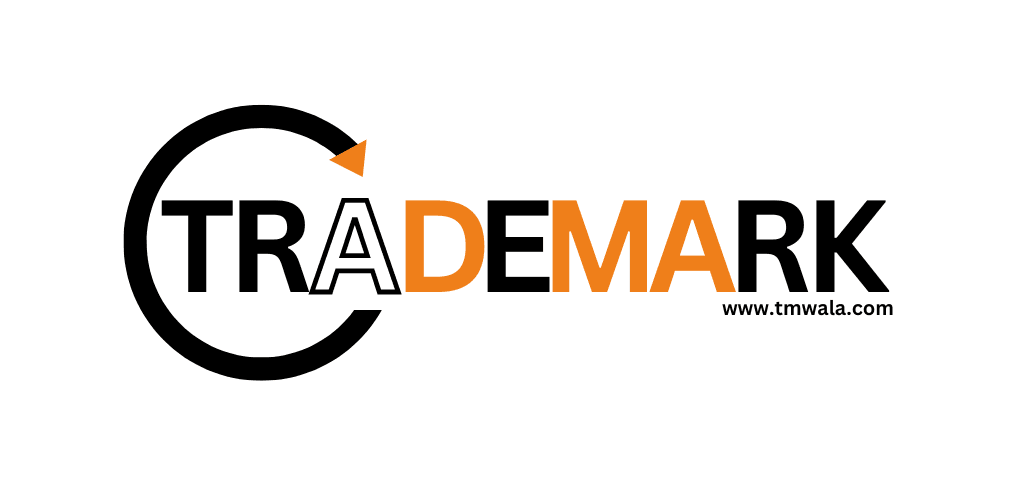When applying for industrial design registration, one crucial step in the process is addressing the design examination report issued by the design office. This report, generated after an initial review of your application, often includes objections or queries that must be addressed to move forward with the registration. Responding effectively to a design examination report is essential for securing the protection of your design. This blog provides a comprehensive, legally sound, and easy-to-understand guide on how to handle and reply to a design examination report.
What is a Design Examination Report?
A design examination report is a formal document issued by the design office after reviewing a design registration application. The report typically includes:
- Examination Findings: Observations regarding the design’s compliance with legal and formal requirements.
- Objections or Queries: Specific issues or questions that need to be addressed to proceed with registration.
The purpose of the examination report is to ensure that the design meets all necessary criteria for protection and to address any issues that may affect its registrability.
Common Grounds for Objections in a Design Examination Report
Lack of Novelty
a. Existing Similar Designs The design may be similar to designs that are already registered or publicly disclosed. The examiner may argue that the design lacks the required novelty.
b. Prior Art References Citations of prior art that are similar to the submitted design may be provided, challenging its originality.
Lack of Originality
a. Commonplace Designs The design may be considered too similar to common or well-known designs, lacking the requisite originality.
b. Design Elements Specific elements of the design may be deemed generic or conventional, not meeting the originality requirement.
Formal and Procedural Issues
a. Incomplete Documentation The application may be missing required documents, drawings, or descriptions.
b. Incorrect Classification The design may have been classified incorrectly, affecting its examination.
Non-Compliance with Legal Requirements
a. Design Representation Issues with how the design is represented in the application, such as unclear drawings or insufficient descriptions.
b. Application Details: Problems with details provided in the application, such as incorrect information about the applicant or design.
Steps to Prepare a Response to a Design Examination Report
Review the Examination Report Thoroughly
a. Understand the Objections Carefully read the examination report to understand the specific objections or queries raised by the examiner. Note down the grounds for objection and any additional information requested.
b. Analyze the Findings. Assess the validity of the objections by comparing the design with cited prior art and considering the points raised by the examiner.
Gather Evidence and Documentation
a. Collect Supporting Material: Gather any additional documentation, drawings, or evidence needed to address the objections. This may include revised design representations, detailed descriptions, or expert opinions.
b. Prepare Comparative Analysis If the objection is based on similarity to existing designs, prepare a comparative analysis highlighting the differences and uniqueness of your design.
Draft a Detailed Response
a. Address Each Objection: Prepare a comprehensive response that addresses each point raised in the examination report. Provide clear explanations and evidence to counter objections and clarify any issues.
b. Include Revised Documentation: If necessary, include revised or additional documentation, such as updated design drawings or corrected application details.
c. Maintain Clarity and Precision: Ensure that the response is well-organized, clear, and precise. Avoid technical jargon and present information in a straightforward manner.
Seek Legal and Professional Guidance
**a. Consult with IP Attorneys Seek advice from intellectual property attorneys or design experts to review the response and ensure that it effectively addresses the objections. Professional guidance can improve the quality of the response and enhance the chances of a favorable outcome.
**b. Review Legal Requirements Ensure that the response complies with all legal and procedural requirements. Attorneys can provide insights into any additional requirements or considerations.
Submit the Response
**a. File the Response with the Design Office Submit the response to the design office within the specified deadline. Ensure that all required documents are included and that the submission meets formal requirements.
**b. Track the Submission Monitor the status of the response and follow up with the design office as needed. Confirm that the response has been received and is being processed.
Key Considerations When Responding to a Design Examination Report
Timeliness
**a. Adhere to Deadlines Respond to the examination report within the deadline specified by the design office. Timely submission is crucial to avoid delays in the registration process.
**b. Monitor Key Dates Keep track of important dates related to the examination and response process. Ensure that all deadlines are met and that any additional requirements are addressed promptly.
Accuracy and Completeness
**a. Ensure Documentation Accuracy Verify that all documentation and evidence submitted with the response are accurate and complete. Inaccurate or incomplete information can affect the evaluation of the response.
**b. Double-Check Application Details Review the application details to ensure that any corrections or updates are accurately reflected in the response.
Legal and Procedural Compliance
**a. Follow Formal Requirements Ensure that the response adheres to formal requirements set by the design office. This includes following specific formatting guidelines, submitting required forms, and providing all necessary information.
**b. Address All Objections Thoroughly address each objection raised in the examination report. Ensure that all points are covered and that the response provides a comprehensive and reasoned argument.
Professional Assistance
**a. Leverage Expertise Utilize the expertise of intellectual property attorneys or design professionals to enhance the quality of the response. Their experience can provide valuable insights and improve the effectiveness of the response.
**b. Prepare for Further Proceedings Be prepared for additional proceedings, such as hearings or further requests for information, if necessary. Develop a strategy to address any further challenges and secure design protection.
Conclusion
Responding to a design examination report is a critical step in the industrial design registration process. A well-prepared response can address objections, clarify issues, and enhance the chances of successful design protection.
By understanding the grounds for objections, preparing a detailed and evidence-supported response, and seeking professional guidance, designers and businesses can effectively navigate the examination process. Timeliness, accuracy, and adherence to legal requirements are key to managing design examination reports and securing valuable intellectual property rights.
Investing time and resources in preparing a comprehensive response to a design examination report can lead to successful registration and strategic advantages in the marketplace. By staying informed and seeking expert advice, designers and businesses can protect their creative innovations and achieve their intellectual property goals.
FAQs
1. What happens if I forget to reply to the design report on time?
If you don’t reply by the due date, your design might not get approved. It’s like missing your homework deadlineyour teacher (the design office) won’t grade it.
2. Can I change my design when I send the reply?
Yes, you can make small changes to help explain your idea better. But you can’t totally change the design. It has to look almost the same as what you first showed.
3. What if I think the report is wrong?
You can explain why you believe your design is different and special. Show how it’s not like other designs. It’s like proving your drawing is not a copy of someone else’s.
4. Do I need a lawyer to help me reply?
Not always, but it really helps to have an expert. A lawyer is like a coach who knows the rules and helps you play smart.
5. Can I send my reply online?
Yes! In many countries, you can send your reply using a computer, just like emailing your school project to your teacher.
6. What if the design office doesn’t like my reply?
They might send you another report asking for more answers. Don’t worry—you’ll get another chance to explain.
7. How do I show that my design is different from others?
You can show pictures side by side and point out what’s different, like shape, color, or pattern. It’s like showing two drawings and saying, “See? Mine has stripes, and theirs doesn’t!”
8. Can I say “That’s not fair!” if they still say no?
Yes, you can ask for a review or appeal. That means another group will take a second look to see if the first decision was right or not.
9. How long will it take for them to answer my reply?
It might take a few weeks or even months. Be patient—it’s like waiting for your test results.
10. How can I stop problems in the future?
Before sending your design:
- Check if someone has already made something like it
- Use clear pictures
- Ask an expert for help
It’s like checking your work before turning in a school assignment!
